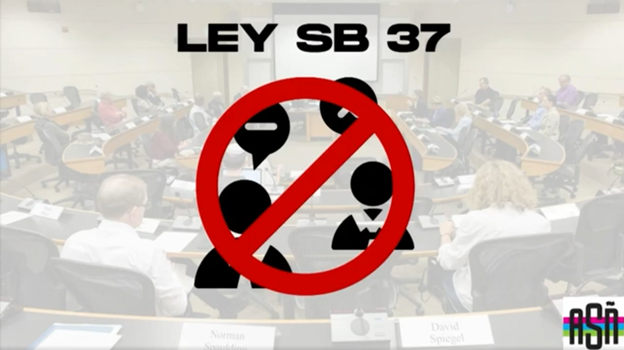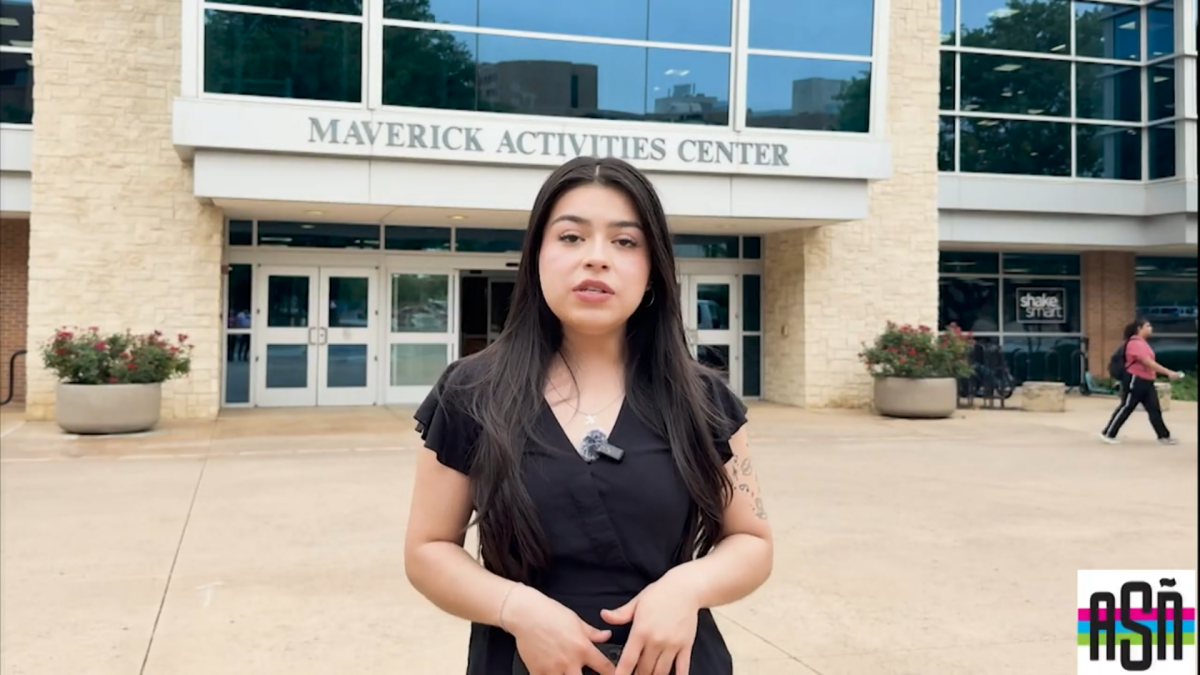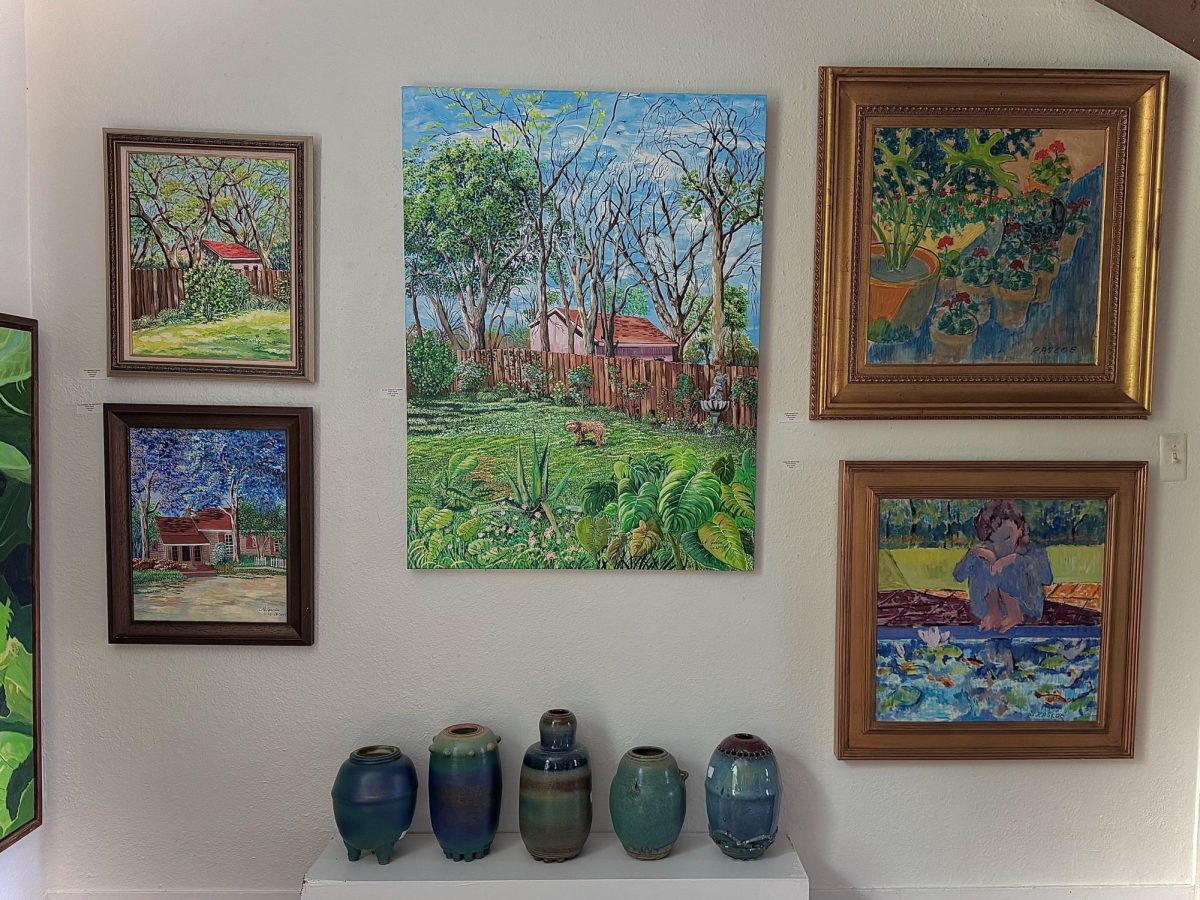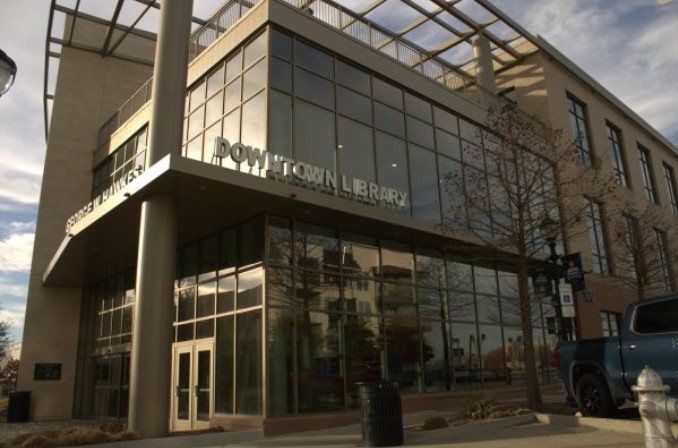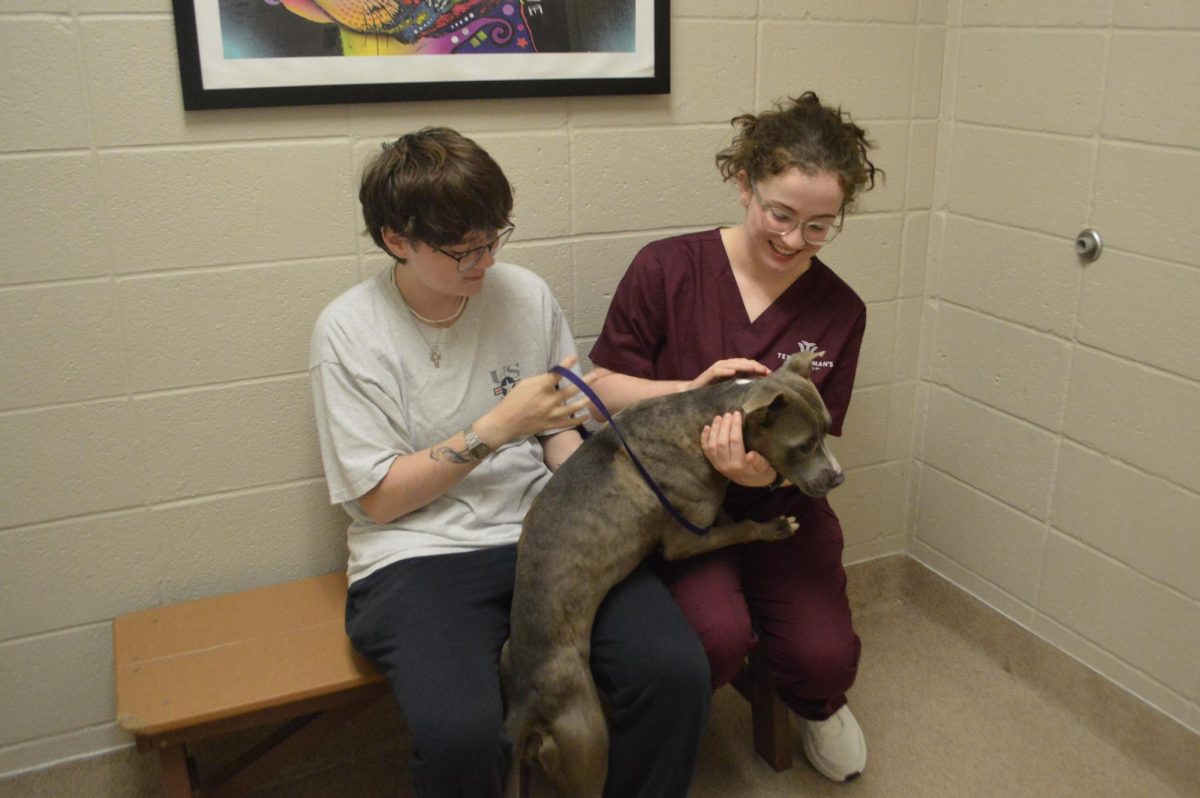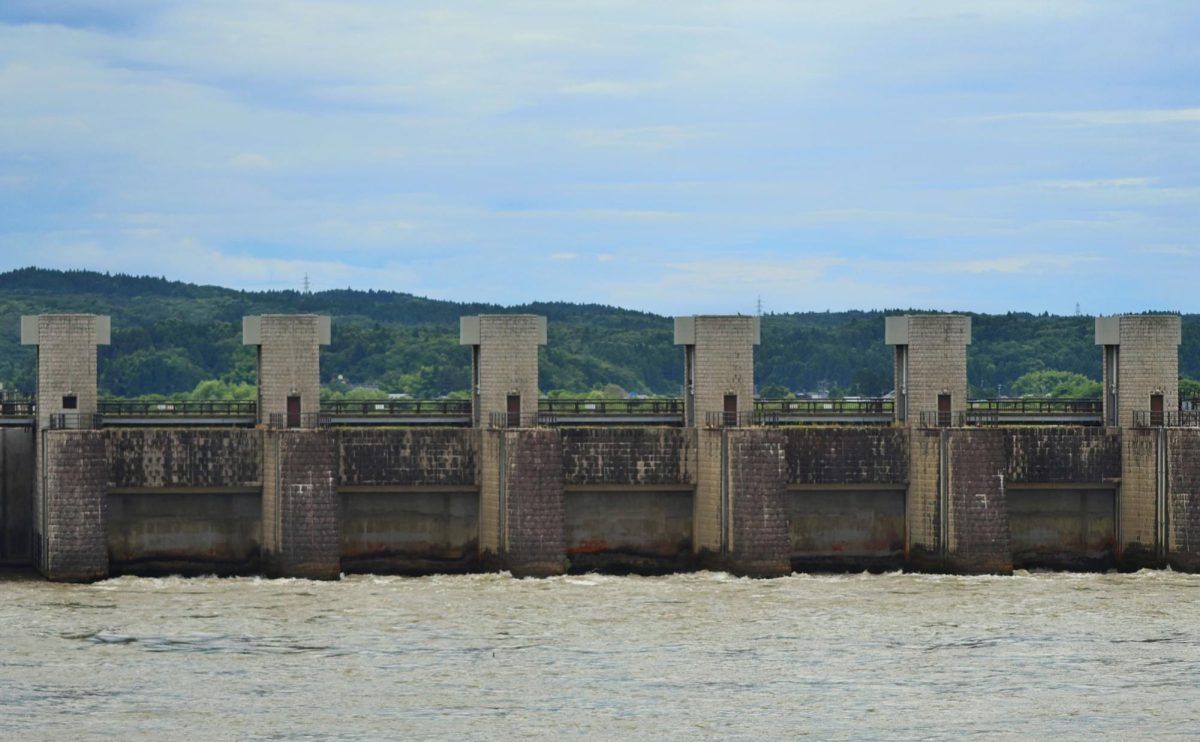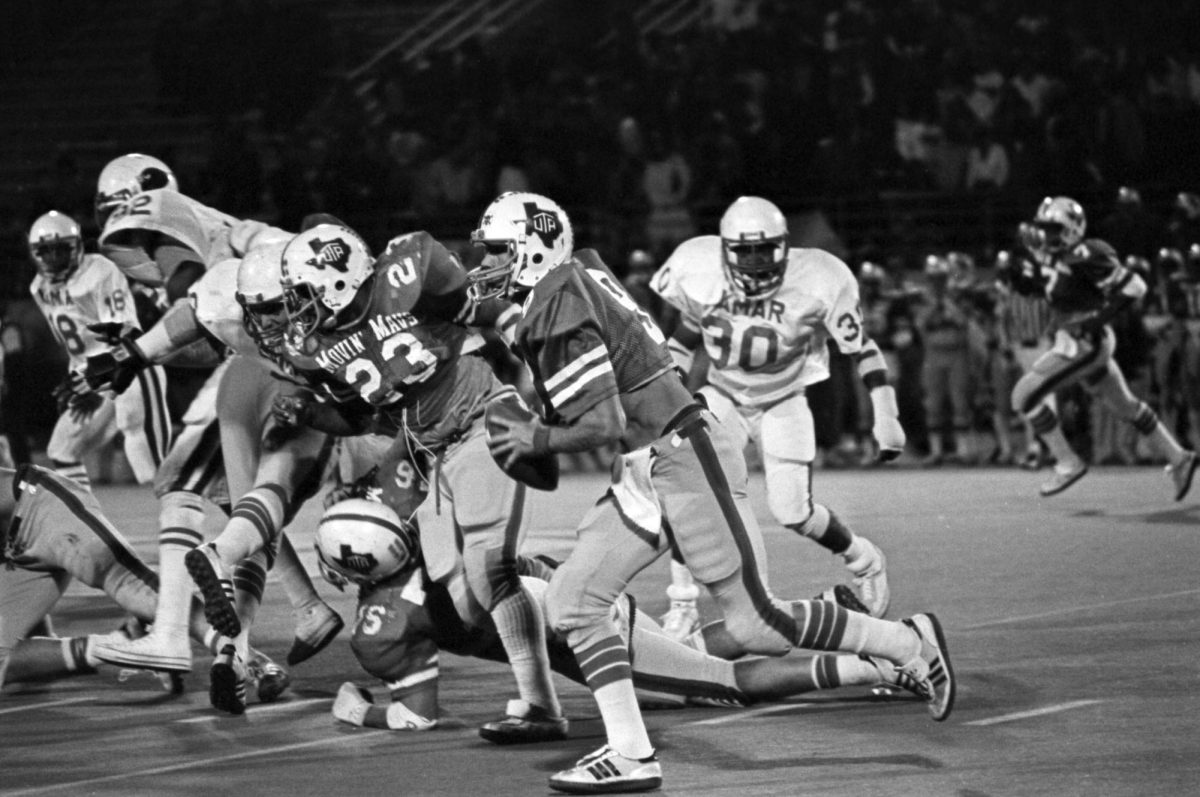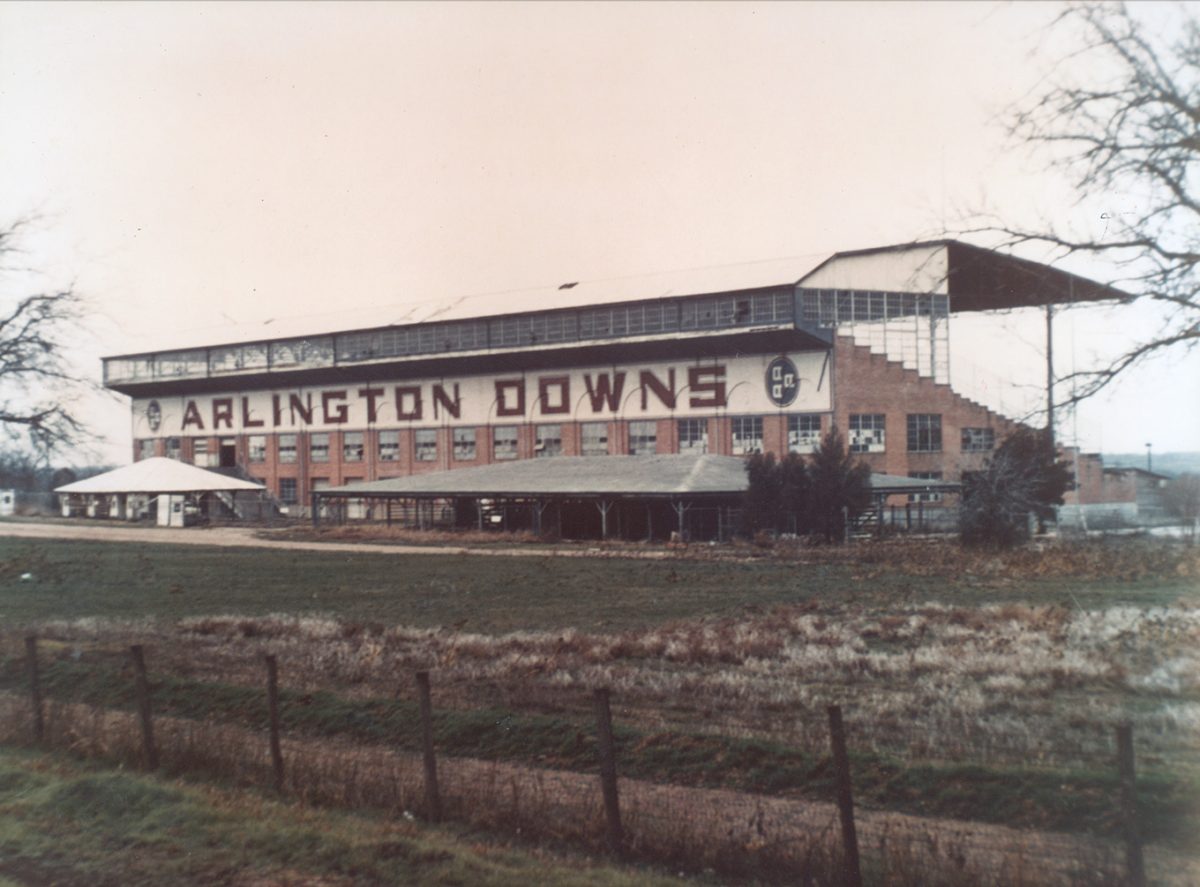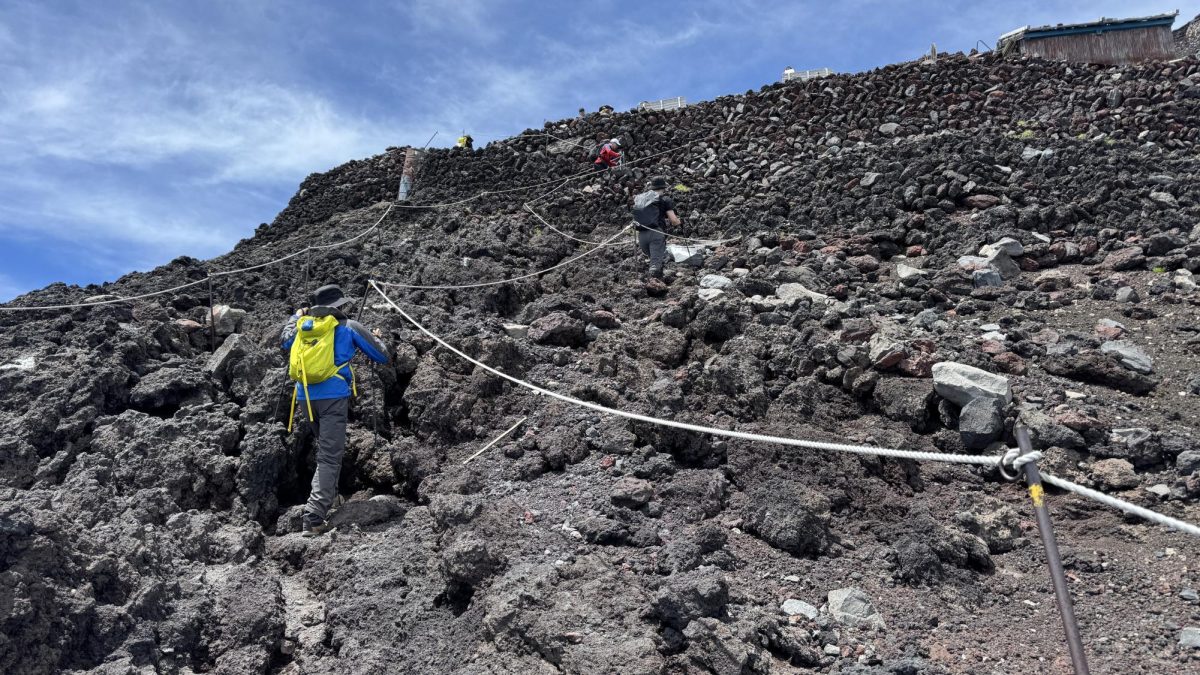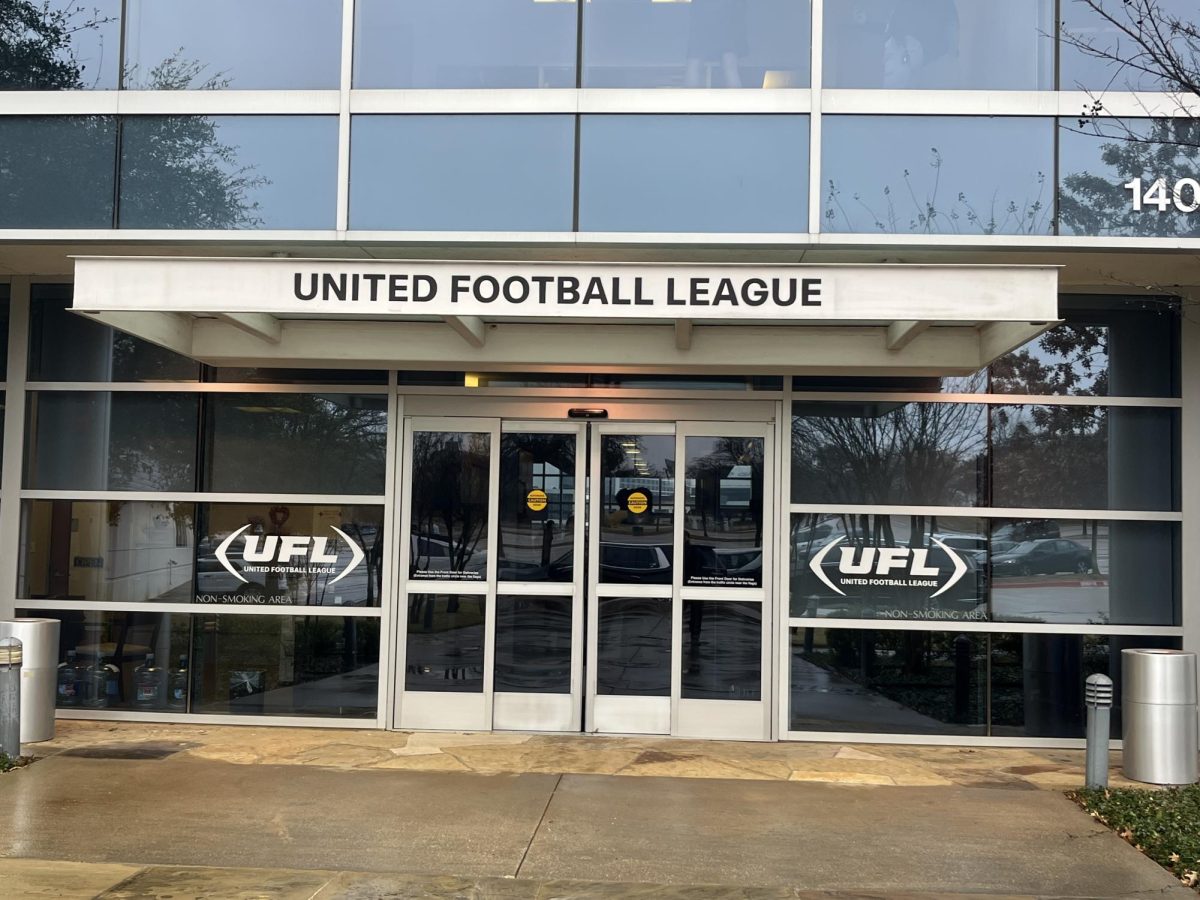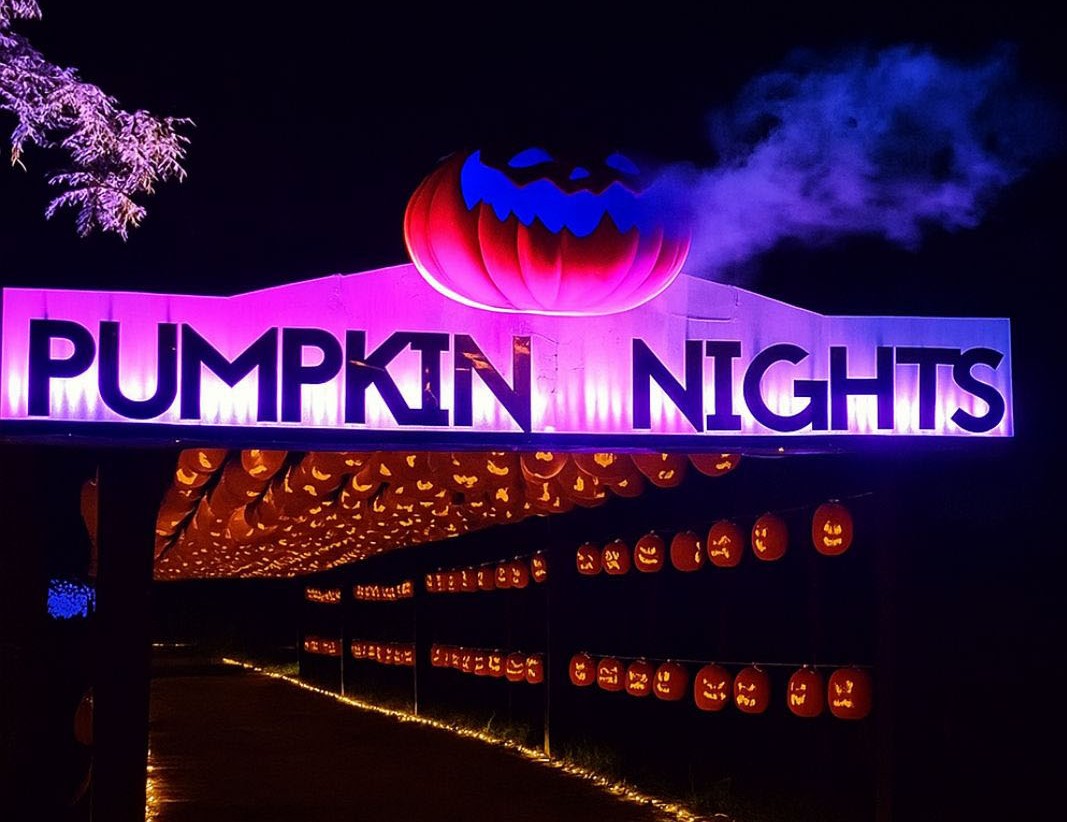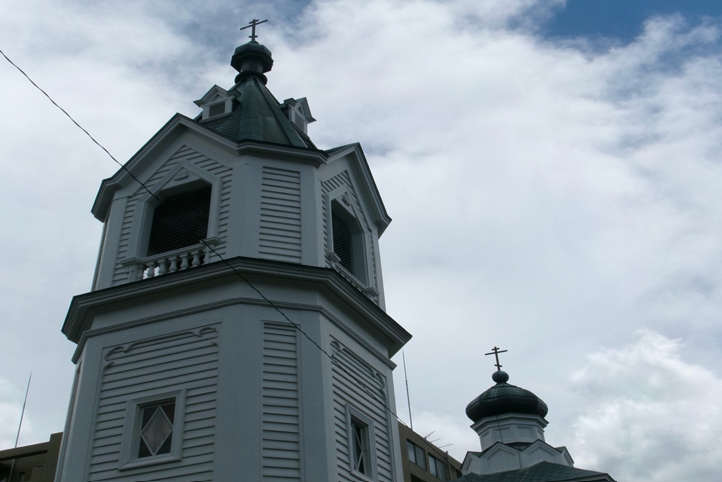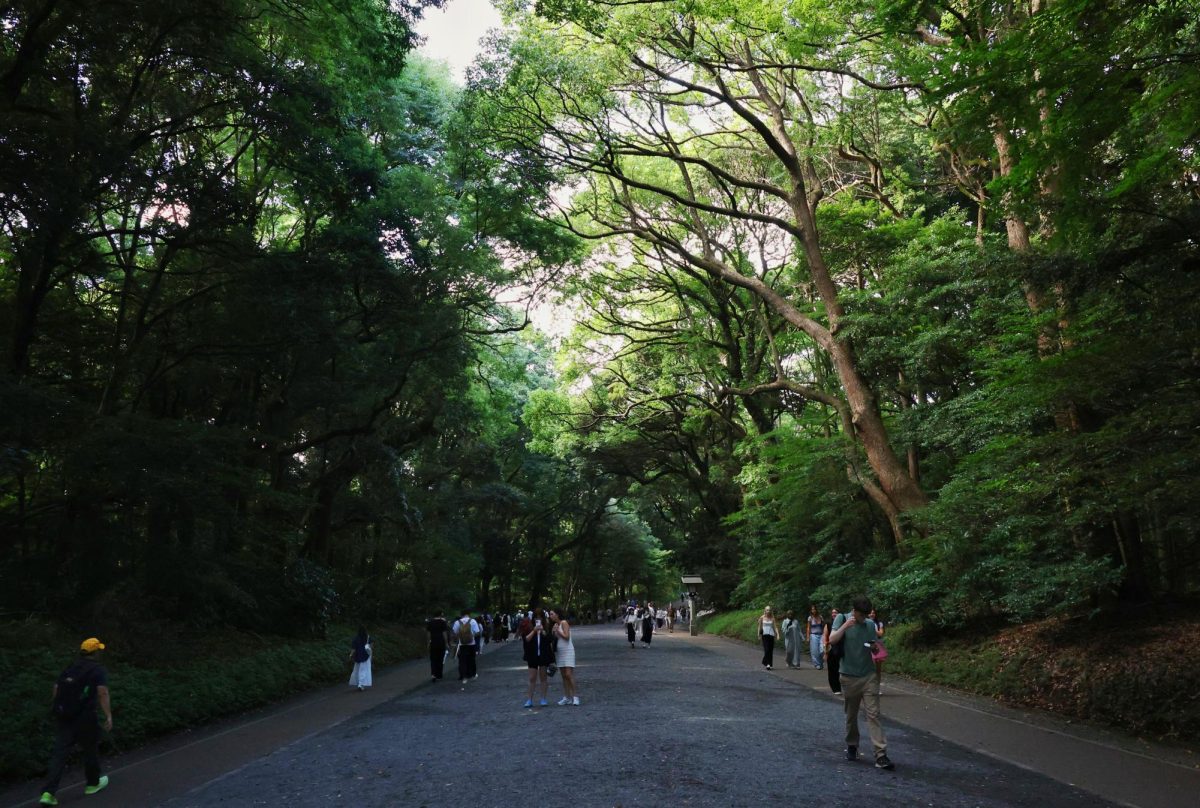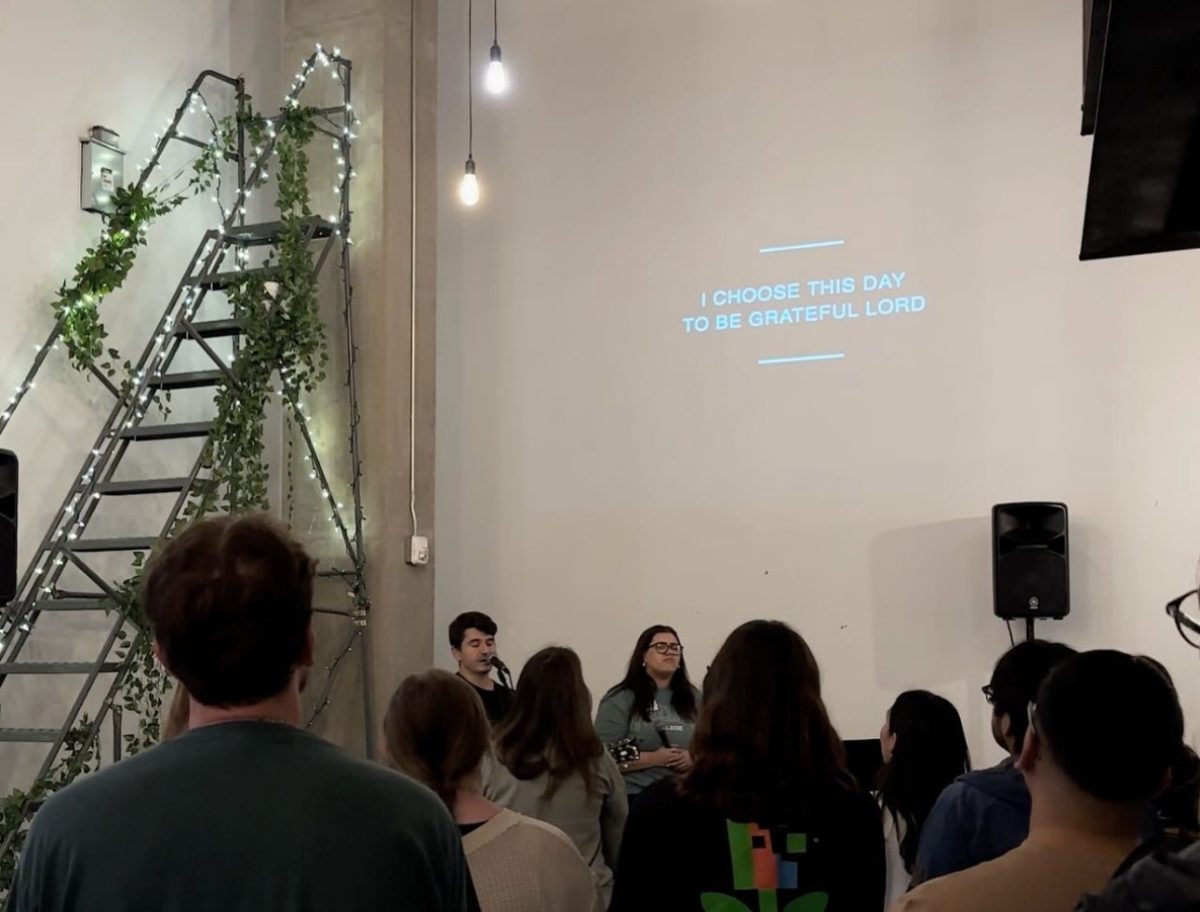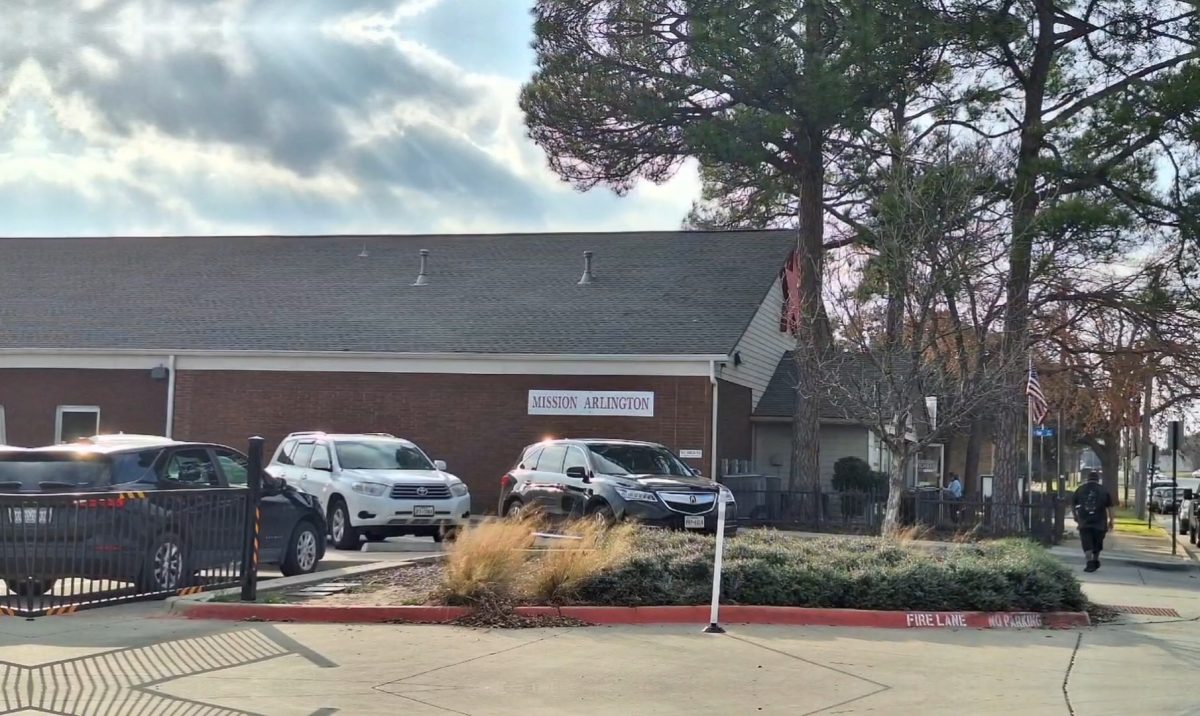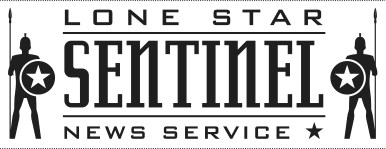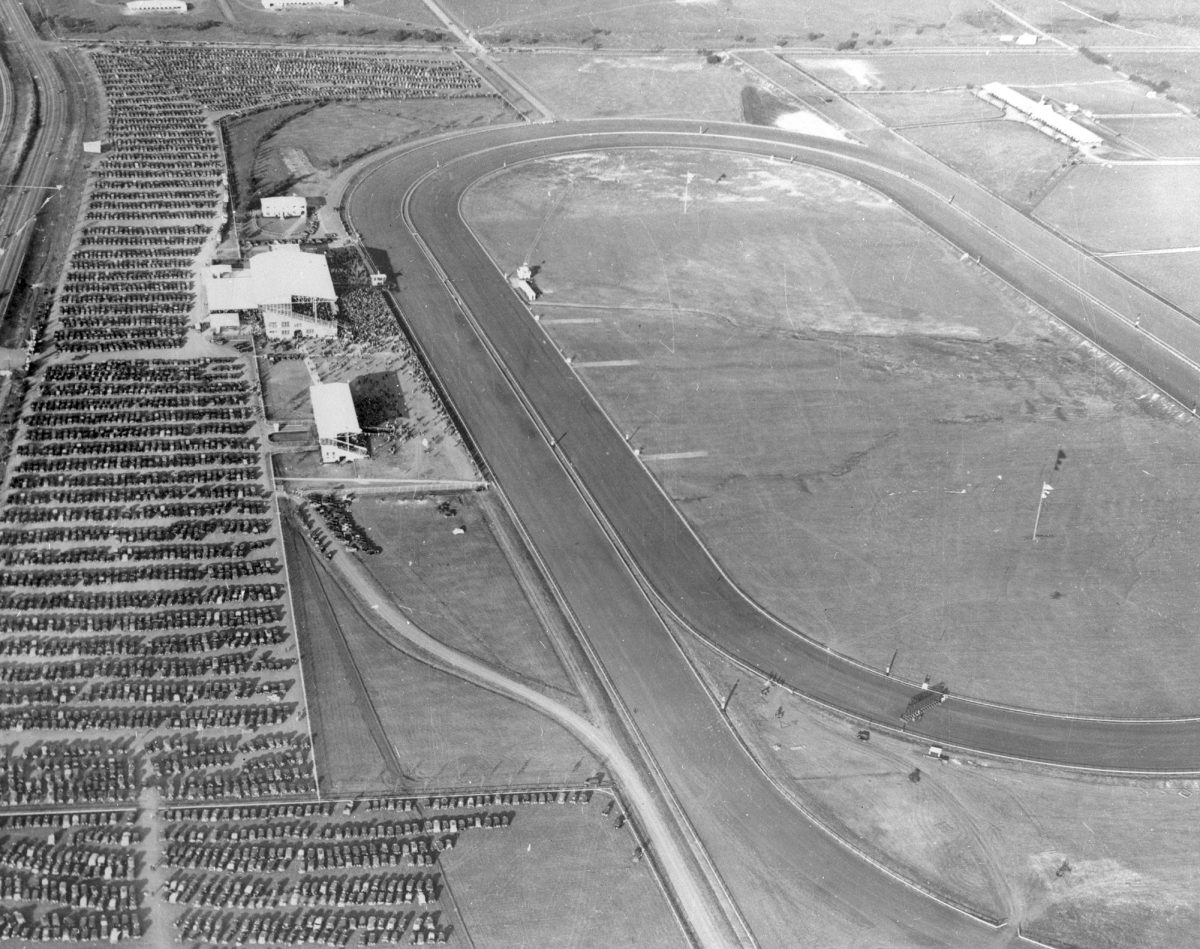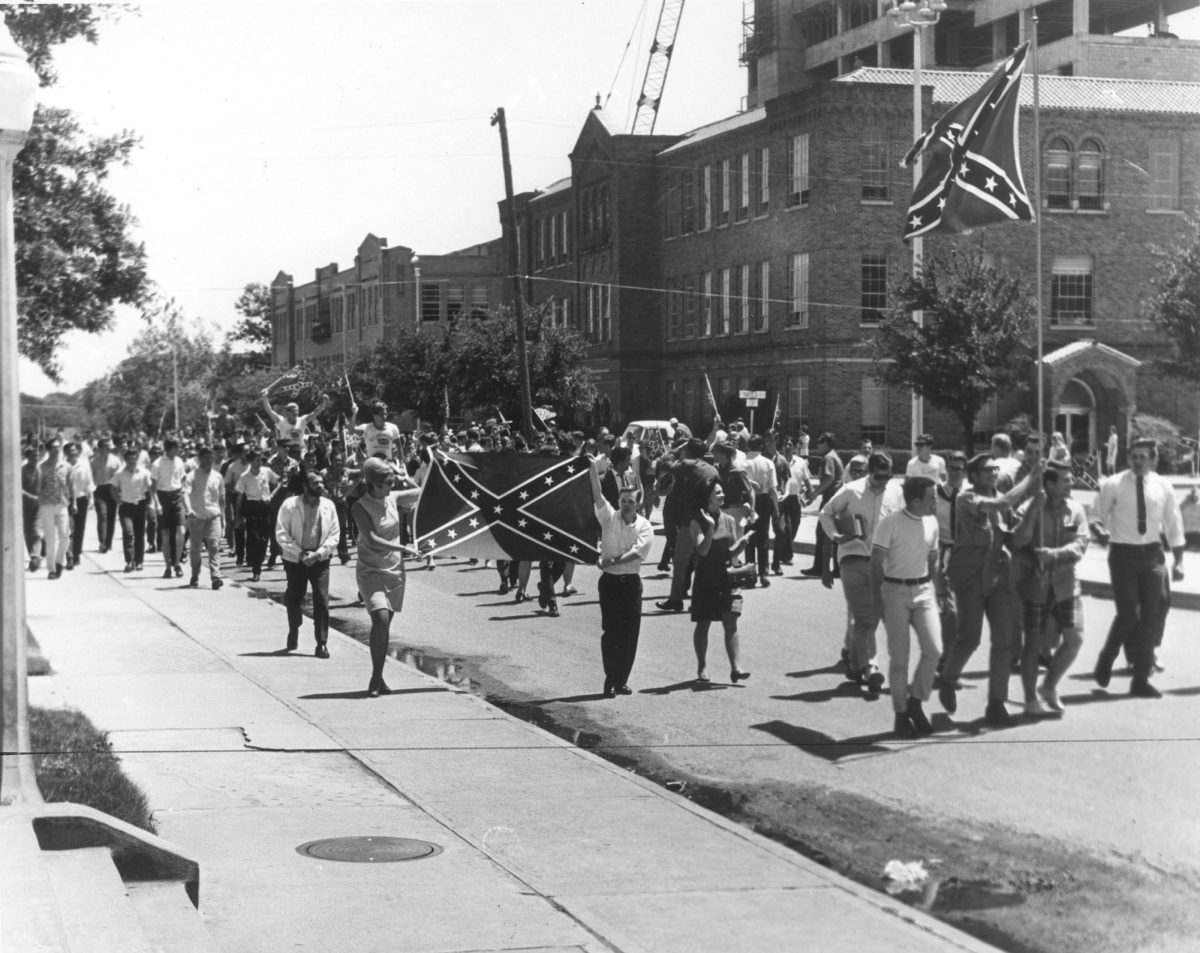ARLINGTON, Texas—Before Arlington became known as an entertainment hub and the home to major sports teams, it was the place for horse racing.
Arlington Downs Racetrack opened on Nov. 1, 1929, and was active for almost 30 years before being demolished.
It stood on a stock farm located halfway between Dallas and Fort Worth. Now only a marker on the north side of Randol Mill Road is left to remember the historical site.
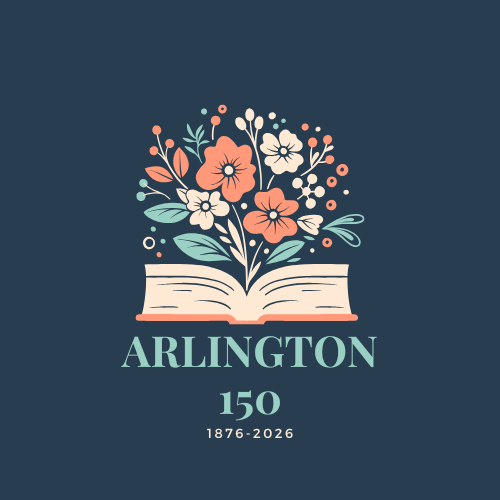
Since the track no longer exists, one must visit the University of Texas at Arlington’s Libraries Special Collections to learn about its history.
Special Collections was founded in 1974 and has since grown to preserve several assortments of books, documents, graphics and other records. Its collecting areas include Texas political and labor history, Cartography and Spanish language archives.
Throughout time, the collection acquired various newspaper clippings and photographs of Arlington Downs that give an insight into the opening and operating of the track.
Within the 3,300 acres of land, the one-and-one-quarter mile track and 6,000-seat grandstand became the focal point for nationwide racing activity and betting.
A wealthy rancher and oilman, William T. Waggoner, spearheaded the track’s construction. This project began in the 1920s and totaled nearly $2 million.
Waggoner was a Texas native who was determined to dominate the cattle business, taking after his father. He owned several ranches where his family made their fortune by selling cattle and oil, and the family later prospered by breeding horses.
After the opening of Arlington Downs in the late 1920s, the establishment became popular, with thousands of people attending the first few races, including celebrities and politicians.
Its prevalence in the city helped create several jockey clubs, one of which belonged to the city. The Texas Jockey Club was established in 1937 with racers who competed daily.
These races offered pari-mutuel wagering, allowing individuals to purchase tickets on the horses they believed would win. The winner’s payoff came from a pool of bets made by all participants.
During this time, wagering was illegal in Texas, so these transactions were done privately.
In 1933, the state passed bills that legalized pari-mutuel wagering and created the Texas Racing Commission. This meant the government would receive 2% of all wagers placed.
But four years after legalizing betting, Texas revoked this right and passed legislation banning it once again.
Although the racetrack was primarily used for horse racing, it was also used to host several events, including rodeos.
Charts for the races were published in newspapers and described the scores and monetary prizes that day.
The first marker commemorating the track, located on Randol Mill and Six Flags Drive, was placed in 1978 and stands in front of the Arlington Downs Tower. The building is now office space near the Entertainment District.
Additionally, there is another marker that represents Arlington Down’s last intact artifact in its original location. The fountain was placed at the intersection of Six Flags Drive and Commerce Drive to symbolize the history of the site in 2016.
Buildings and barns were demolished in 1953, and later, the grandstands were destroyed to make way for the city’s next wave of development.
Arlington 150 is an occasional series to mark Arlington’s sesquicentennial and is produced as part of a collaboration between the University of Texas at Arlington Libraries Special Collections and UTA journalism students. This series was made possible in part by a generous Teaching in the Archives grant from UTA Libraries.



